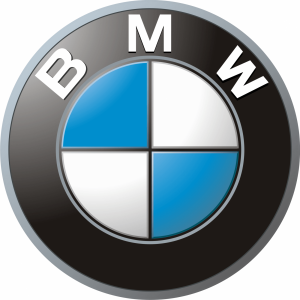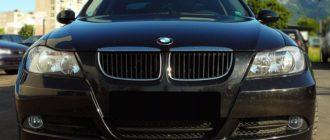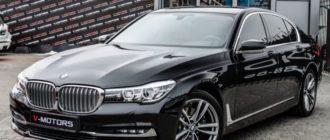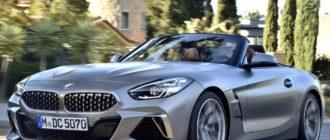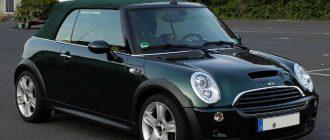It is widely believed that the BMW 5 E39 is the ultimate representative of the «authentic» BMW – stylish design, excellent controllability, and powerful atmospheric engines. Naturally, this opinion can be disputed, but the fact remains – this model is popular and deserving of a more detailed discussion.
The production of this car began in the mid-nineties, and even now, this model remains one of the most popular. To fully understand all the pros and cons of owning this car, let's break down all the information.
Body and Configurations of the BMW 5 E39
The first car of this assembly rolled off the production line in 1995, and the last one in 2003, undergoing one modernization in December 2000. The car has significant dimensions, but the interior space is not as generous as one would like.
However, individuals with a height of 190 centimeters and below should not encounter any issues. This applies to both the driver's seat and the passenger seats. The assembly quality of this model is quite high, as well as the finishing.
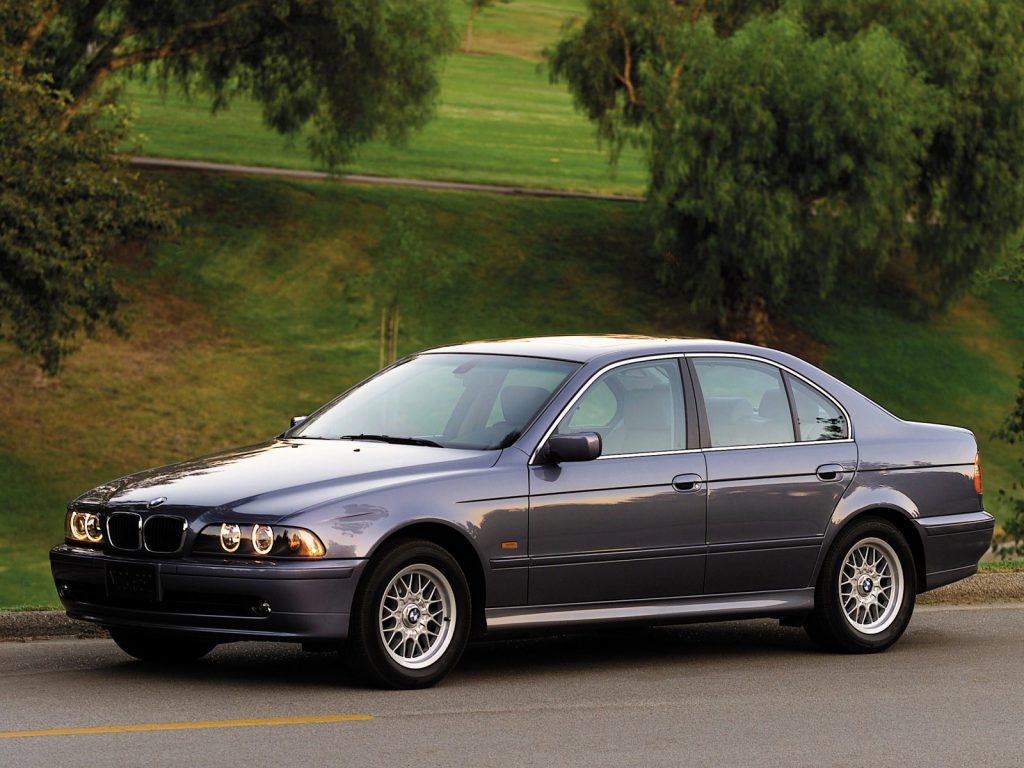
There are no particular complaints about the sound insulation, except that improving this function for the doors would be beneficial. This mainly concerns audiophiles who love to hear excellent sound in the car. Do not expect MP3 compatibility; this configuration still offers cassette players, although this can be easily rectified nowadays. Otherwise, the equipment level of this modification is adequate.
Even the base model boasts electrically adjustable mirrors and windows, air conditioning system, a set of six airbags, power steering, ABS, ASC+T traction control, and DSC III electronic stability control system.
Additionally, the slightly upgraded configuration includes dual-zone climate control. After the model's relaunch in late 2000, the front of the car underwent significant changes due to the optics' modernization. This is when the legendary «angel eyes» appeared.
The rear lights and turn signals also underwent some changes. The fog lights acquired a round shape, the bumper inserts matched the sedan's main color, the radiator grille and steering wheel became more modern. With careful use, the body of the BMW 5 E39 is very resistant to damage.
Engines of the BMW 5 E39
The heart of the car is undoubtedly its engine. For a substantial car like the BMW 5 E39, this is particularly crucial. Before the modernization, this model had a 2.8-liter engine with 193 horsepower under the hood. It was later replaced by a 3.0-liter engine producing 231 horsepower.
Throughout the history of the BMW 5 Series, it has been equipped with a variety of gasoline engines.
Here is a more detailed look at each:
M52 – excellent inline power units with six cylinders. Their displacement was as follows: model 520i – 2.0 liters; model 523i – 2.5 liters; model 528i – 2.8 liters. By the end of 1998, these engines underwent a facelift and became repairable due to cast iron sleeves.
Prior to this, the cylinder walls had a nickel-silicon coating and were prone to rapid deterioration due to sulfur in the fuel. Such damage was not repairable. The new engines were named M52TU.
M54 – six-cylinder power units. Their displacement is as follows: model 520i – 2.2 liters; model 525i – 2.5 liters; model 530i – 3.0 liters. The main differences are higher power compared to the previous engine, an innovative intake manifold, electronic throttle pedal, and throttle valve, as well as some differences in the engine management system.
M62 – V-shaped power units with six cylinders. Their displacement is as follows: model 530i – 3.5 liters; model 540i – 4.4 liters. For this engine model, a nickel-silicon coating was also used, but to avoid the mistakes made with the M52, it was combined with aluminum-silicon, which protects the engine from the harmful effects of sulfur.
In 1997, the automotive giant started using only aluminum-silicon coating for engines. In the same year, the power unit labeled M62TU was equipped with the «Vanos» variable valve timing system. Thanks to this innovative system for that time, the car could instantly accelerate.
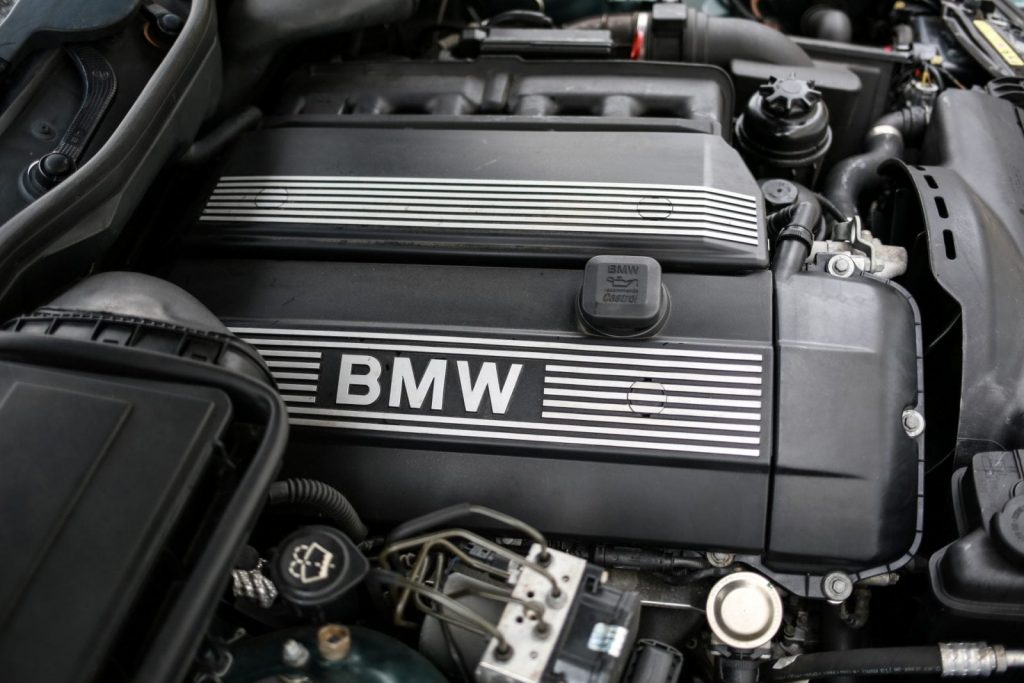
The BMW 5 E39 was also equipped with engines running on diesel fuel.
Here is a closer look at each of them:
- M51S and M51TUS – power units with high-pressure fuel pumps. For the 525tds model, the engine displacement is 2.5 liters. With careful use, the camshaft chain and turbocharger can last a sufficient amount of time (200-250 thousand kilometers). It is worth noting that these engine models often encounter electronic issues.
- M57 – more advanced power units running on diesel fuel with a direct injection system. Their displacement is as follows: model 525d – 2.5 liters; model 530d – 3.0 liters. This model is significantly more reliable than its predecessor when quality fuel conditions are met.
- M47 – in the E39 series, this is the only power unit with four cylinders. The engine displacement for the 520d model is 2.0 liters, with a power output of 136 horsepower. The engine is turbocharged, equipped with an intercooler and Common Rail system.
Let's now discuss the most common issues every BMW 5 E39 owner should be aware of. Firstly, the cooling system. For a car of such size, the system is inadequately weak, which can lead to serious consequences.
The main sources of this problem are the electric auxiliary fan motor, thermostat, radiators that quickly clog with debris, and the car owner who forgets to change the coolant on time.
Another significant problem is the ignition module. It is worth noting that the car's original spark plugs are sufficient for 30-40 thousand kilometers of mileage, and non-original ones should not be used at all.
Issues often arise in the electronics with oxygen residual sensors, airflow meters, and crankshaft and camshaft position sensors. These are the main «weak» points of this car, but they may not necessarily affect you, let alone all at once.
Transmission of the BMW 5 E39
The BMW 5 E39 is equipped with both manual and automatic transmissions. Both options are quite robust. In a manual gearbox, the shift lever bushing starts to loosen after 150 thousand kilometers of mileage, and seals may start leaking.
The maintenance rule for manual transmission is servicing every 60 thousand kilometers. The gearbox oil should also be changed with the same frequency. Before purchasing, ensure that the same type of oil is specified on the container and in the gearbox.
The clutch life expectancy averages around 100 thousand kilometers of mileage, although with careful driving, it may not require intervention even after 200 thousand kilometers.
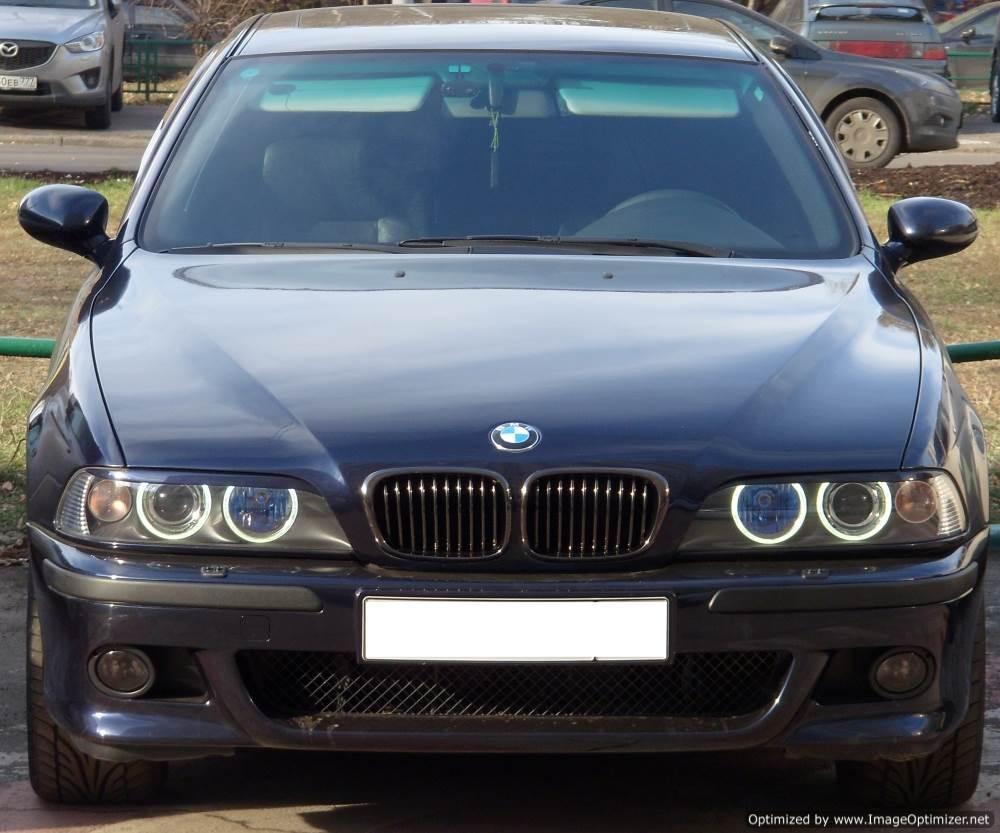
In an automatic transmission of the BMW 5 E39, the initially filled oil can easily last the entire car's service life. However, debates often arise on forums regarding this matter. Employees at service stations, unsurprisingly, claim that the oil should be changed every 100 thousand kilometers of mileage.
Suspension and Steering
Frankly speaking, the suspension of the BMW 5 E39 is more suited for ideal German autobahns. In the reality of our roads, it may not last long. The rubber-metal joint, ball joints, shock absorbers, and stabilizer struts are the most common parts to fail.
It is worth noting that when replacing ball joints, the control arm will also need to be replaced. However, this need will likely arise no sooner than after 100 thousand kilometers of mileage.
Stabilizer struts, on the other hand, will need replacement every 20-30 thousand kilometers of mileage.
In models with an eight-cylinder power unit, the suspension, as well as the steering, is more reliable. The key rule in servicing the BMW 5 is timely addressing minor malfunctions. After all, even one worn-out bushing can significantly accelerate the deterioration of the entire suspension system.
Conclusions
Currently, the BMW 5 E39 is not very practical. If you have long desired to own this car, be prepared for significant financial expenses not only for its purchase but also for maintenance.
